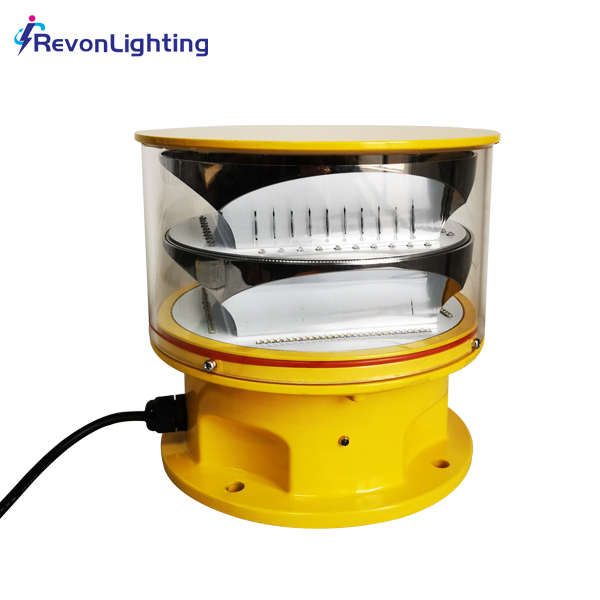Aircraft Warning Lights on Towers: Ensuring Safe Skies
When it comes to aviation safety, one of the most significant risks involved is collisions with tall structures. To prevent such accidents, aircraft warning lights are installed on towers to serve as a beacon of visibility for low-flying planes.
At night and during low visibility conditions, identifying tall objects like communication or power transmission towers can be difficult for pilots. Aircraft warning lights are, therefore, critical elements of navigational aids that help warn pilots flying in the vicinity of such structures, reducing the probability of collisions.
The Federal Aviation Administration (FAA) requires that such lights be installed on structures above a certain height threshold. The lights are typically bright and flashing, which allows pilots to easily identify them from long distances. This makes them effective in enabling pilots to maintain visual clearance when maneuvering around these obstacles.
When selecting aircraft warning lights for towers, several factors must be considered. This includes the types of structures they will cover, the distance from the nearest airport, and the environment in which they will operate.
Proper installation and maintenance of warning lights is essential, especially in high-risk areas. Regular checks ensure that these lights are functioning correctly and provide maximum visibility to all planes passing nearby. In this way, the likelihood of incidents involving towers can be significantly reduced.

In conclusion, aircraft warning lights on towers are an essential aspect of ensuring safe skies for pilots and passengers. They are essential navigational aids that enable pilots to identify tall structures, reducing the risk of collisions. Choosing the right warning lights involves careful consideration of various factors, and proper installation and maintenance are critical to their effectiveness. Ultimately, they play a vital role in maintaining aviation safety standards and reducing the likelihood of accidents.